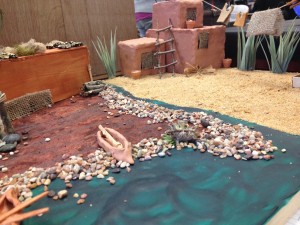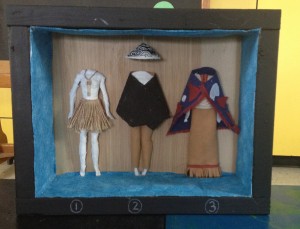We are living with the most documented generation ever. Facebook, Twitter, Instagram, Vine, and more keep track of everything from our meetings to our vacations, our pets to our dinner. Is there a place for powerful portraits of people anymore? Or are selfies now considered art? In an age where “let me take a selfie” and “#shamelessselfie” are common phrases on the Internet and social media, are portraits and powerful candids obsolete?
As I led a group of nearly a dozen middle-schoolers through an after-school photography club, I gleaned some insight into these questions. My number one goal for my first-ever photography club was that it be student-driven. I told students that I wouldn’t give them assignments, or require them to take pictures of certain things. Mostly, I wanted to guide them through an experience that would expose them to the traditional art of photography, while also letting them guide the club through their own middle school lens.
The first day, I created a diagram of all of the buttons on the camera, and numbers on the screen, and how to adjust for light on a manual setting. The auto setting was off-limits. They wanted to take pictures of their food, their friends, and most of all, themselves. I was not, I repeat not, going to teach a class on selfies. No no, I was much too much of an educated artist to allow that, and I owed it to the photo club to teach them about history, controversy, and the difference between what we see and what really is.
I showed them portraits taken by well known and little-known photographers, and suggested that they practice taking candid and posed portraits of their families and friend groups. I quickly learned that this was not the best way to promote curiosity and persistence in photography. I realized that the students were telling me that doing, going, seeing, and experiencing was how they wanted to learn. So I learned with them. We went to the p-patch down the street to capture flowers with the macro setting, created a photo studio in the classroom for some posed portraits of each other, and even walked to Starbucks one day to practice wide-angle shots…and get extra venti mocha frappuccinos… the first of the summer!
In the room next door to Photography Club is Drama Club. Donte, the 7th and 8th grade Social Studies teacher, introduced me to Power Poses this fall, as I lent my photo skills to drama club rehearsals as they practiced getting into character. We would put on Eye of the Tiger, get in a circle around the room, and jump into a character of power once in front of the camera. Power poses, however, were not limited to the drama club. Parents, teachers, the 6th graders for their Many Cultures One World project, the entire 7th grade for their film fest credits, and now Teaching Artists, have experienced the magic of the power pose.

All these selfies- in Power Pose form- taught me that a selfie is not as narcissistic as older generations might think. We all love to feel powerful, and a selfie is just that: a power pose. It’s a statement. It’s empowerment. It’s self-acceptance. (What if everyone in the world refused to take pictures of themselves because they thought they were too ugly? Now that would be a project for the teaching artists out there!)
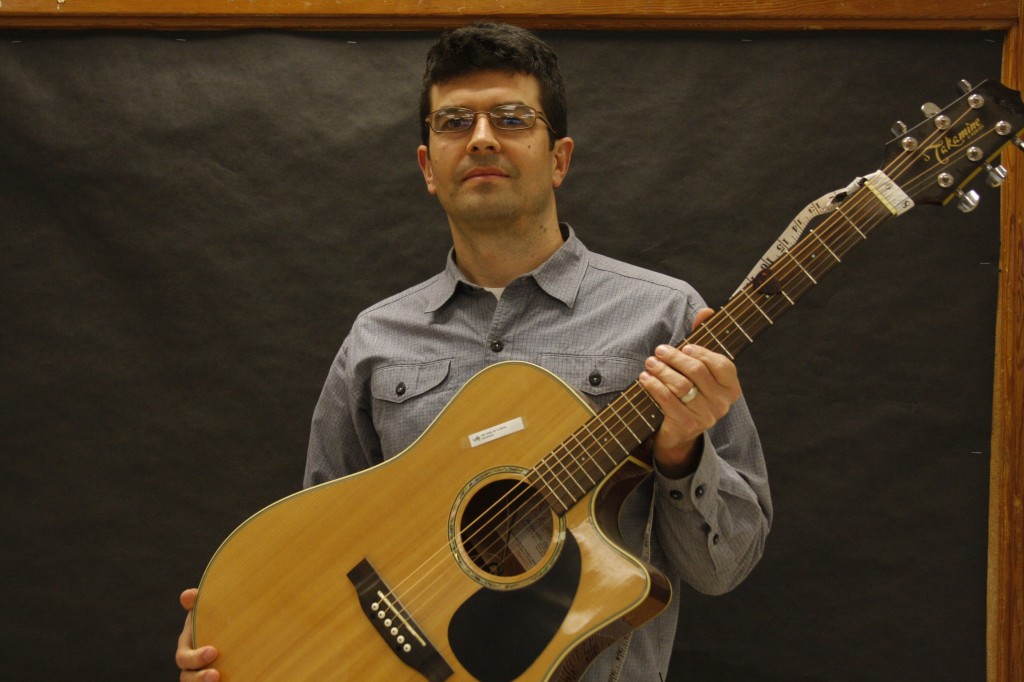
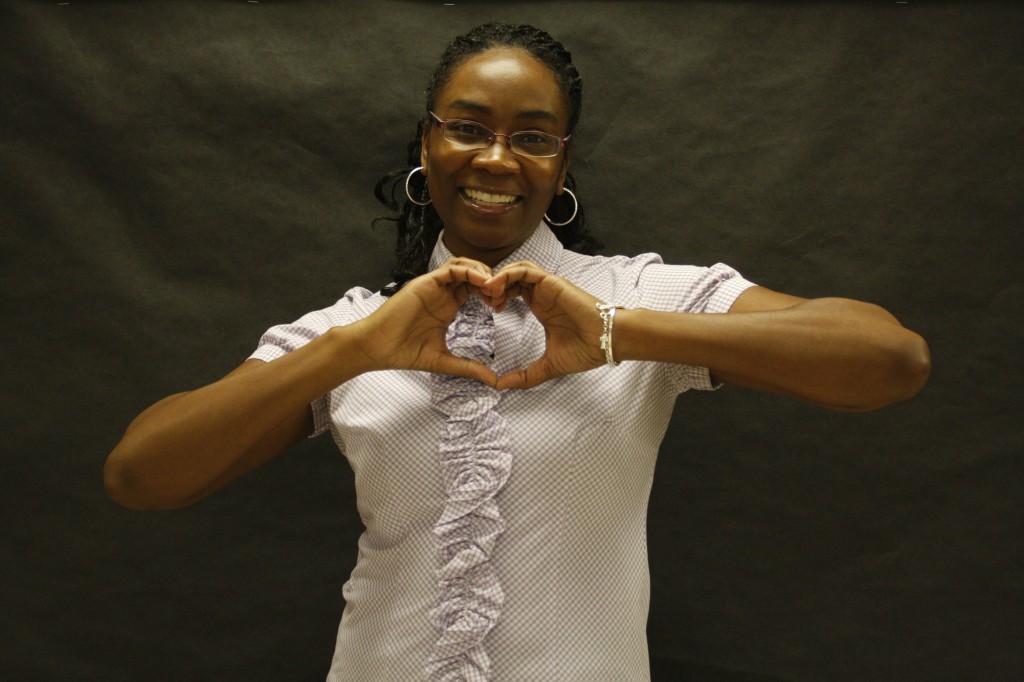
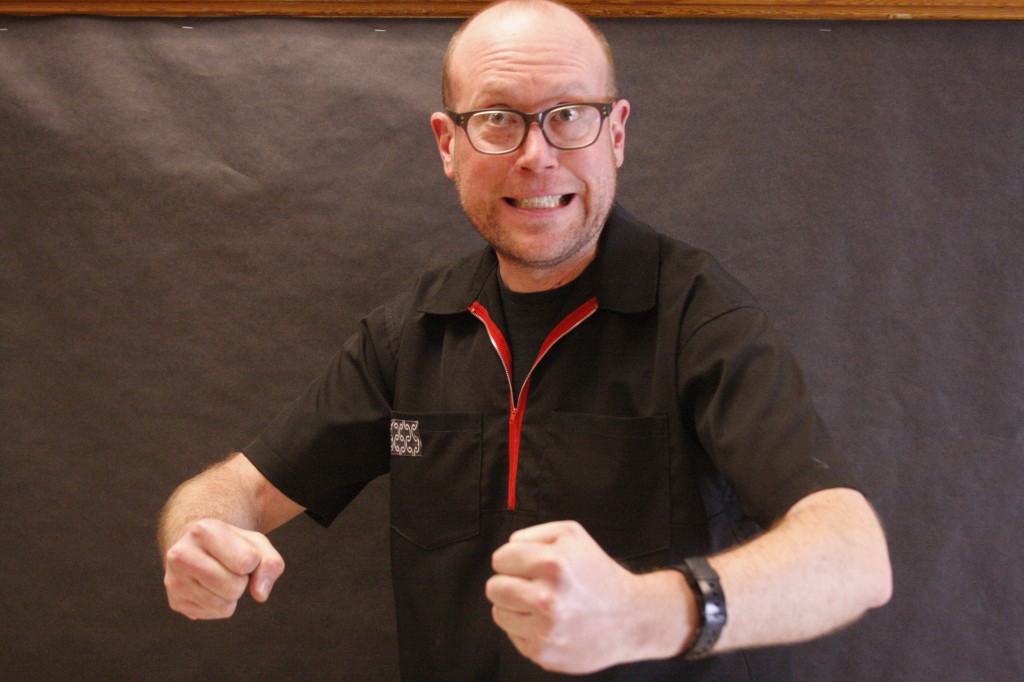
As reflect on my year at Orca, I think about all that I have learned about teaching, learning styles, empowerment, flexibility, patience, empathy, self care, and creativity, I will remember power poses. I will remember students jumping at the chance to use the big DSLR camera. I will remember my photographs of students included in the MLK day slideshow. I will remember starting a photo club. I will remember my photo club students’ final slideshows that included flowers, friends, and frappuccinos! I will remember how I was encouraged to contribute my creative gifts and talents to an inclusive community of educators that embodies a culture of creativity and empowerment.
By: Liz Farmer, CSI Artist in Service
Read More






